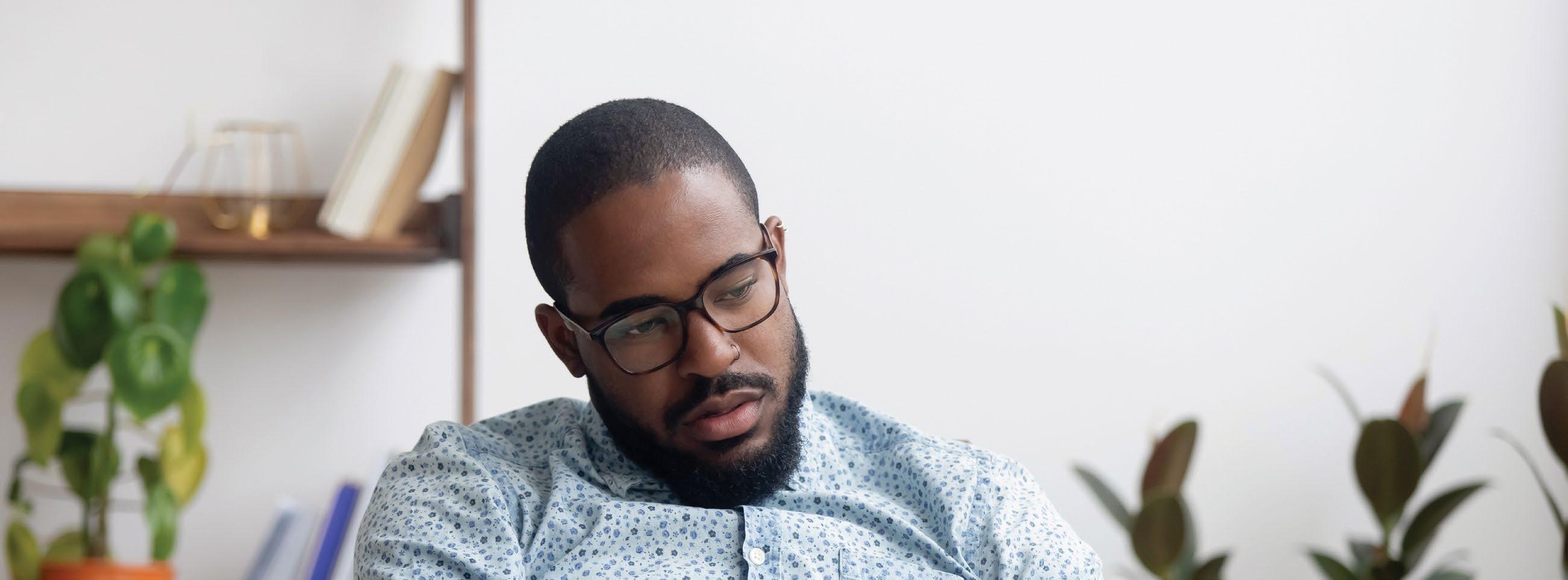
5 minute read
Overcoming The Burnout Crisis
By Lana Hindmarch Co-Founder and CEO of BREATHE
Long before the pandemic, people were exhausted and depleted. I was one of them.
When I hit bottom though, no one was talking about burnout. Now, everyone’s talking about it, yet it’s getting worse, and the impact on women, especially on women leaders and their families is devastating.
And they’re leaving the workforce in record numbers. Although all leaders - both men and women - are frazzled, an estimated 43 percent of women leaders feel burned out, compared to only 31 percent of men who are at the same level. That’s according to a recent McKinsey report.
How Did We Get Here?
The Organisation's Role In Burnout
For a long time, burnout was seen as an individual problem only. But in 2019 the WHO reclassified burnout as a workplace phenomenon brought about by prolonged workplace stress that had not been successfully managed.
This was significant because, for the first time, burnout became a WE issue, not just a ME issue. Therefore, to solve the current burnout epidemic, we need to look at what in the workplace is causing this prolonged stress for women leaders.
Overworked And Undervalued
Women leaders work twice as much as men. They deliver in their traditional nine-to-five roles and are often also looking after initiatives like diversity, equity, and inclusion.
Females also carry the lion’s share when it comes to fostering collaborative environments, increasing engagement, supporting the emotional well-being of employees and helping to manage workloads. This unseen work women perform helps organisations survive, but unfortunately, their efforts often go unseen and are undervalued.
And as the primary caretakers for their families, they’re carrying most of the load at home as well. Many of the leaders I work with talk about feeling perpetually guilty because they’re not able to do it all perfectly.
Lack Of Fairness, Belonging and Support
Women in leadership roles often face gender bias and stereotypes. Sometimes they’re seen as too soft and sometimes as too pushy, which can lead to them not being taken seriously. Women also experience microaggressions, such as having their judgement questioned or being mistaken for someone more junior.

They’re often perceived as less competent or experienced than their male counterparts, and this leads to less opportunities for advancement, made worse by the glass ceiling perception that still exists.
When I facilitate Women’s Circles, they repeatedly talk about the isolation they experience as a result of their underrepresentation in leadership roles and how being left out of important decisions and not being given access to the same resources as their male colleagues, increases their feelings of not belonging.
Another challenge women leaders face is a lack of access to networks and mentors - they often don’t have the same support as their male colleagues.
All of the above creates prolonged stress, that over time results in a melting pot of exhaustion, loneliness, anxiety and hopelessness – a perfect recipe for burnout.
Women's Role In Burnout
Yes, the organisation has a big role to play in the stress that women leaders are experiencing but in solving burnout, women also need to take responsibility for their part.
Making Sure Everyone Is Okay
Evolution-wise, women have been conditioned to be nurturers and to take care of people. As a result, we see women neglecting their own needs, wanting everyone else to be okay.But there’s even more to it. I often see female leaders making themselves too available and even taking on others’ work.
I coached a very senior female leader who was recovering from burnout and when we got deeper and explored her limiting beliefs, she realised her permanent open-door policy actually comes from wanting to be liked. This is very common with high achievers. High achievers are high performers, but they're also extremely self-critical. And so, they're always trying to influence how others perceive them.
It’s much easier for men to put up boundaries. Yes, there are loads of great males that genuinely care about people, but they don’t have an ‘always available’ sign on their door.
Hustling Harder
In my own life, my burnout was selfmade and that’s part of the reason I know we can’t just put the blame on the organisation.
I was a workaholic, addicted to busyness and urgency. Often the fact that I was so responsive is what got me ahead because I was able to take on so much - I became the ‘go-to person.’ I carried this title proudly but it eventually led to my crash.
And I see this repeatedly with the women leaders I work with. There is a false belief about what being a high achiever is. Women ignore their own energy needs, putting in more and more hours and juggling more balls, running high on adrenaline and on their own stress hormones. But, over time, more and more leads to less and less, until there’s simply nothing left in the tank.
I now teach women about the ‘hustle hangover’ that is the inevitable consequence of being the ‘go-to’ for too long. Women need to understand that while it might feel good now, it’s not sustainable.










